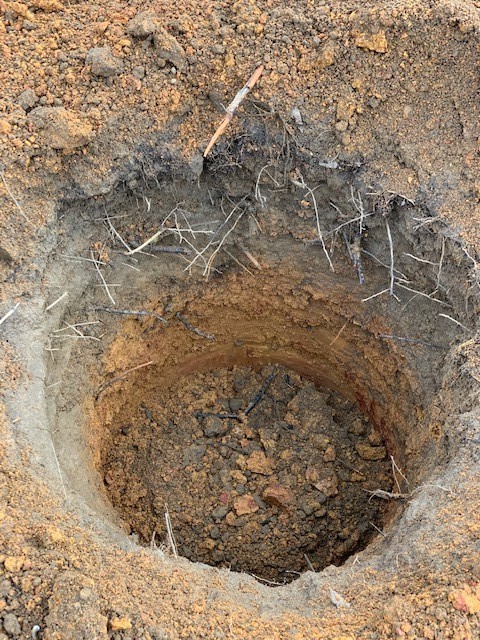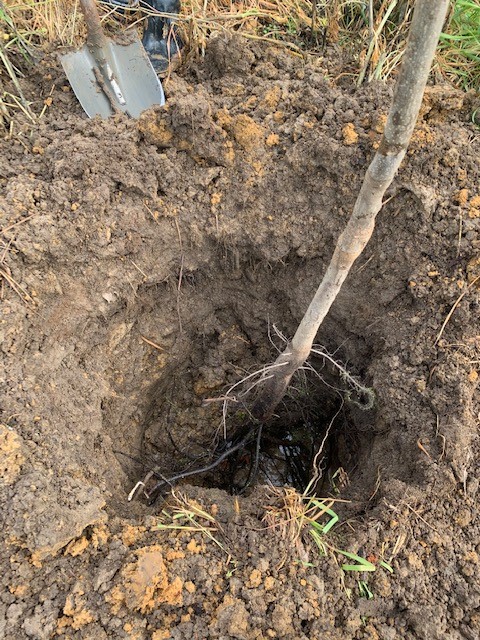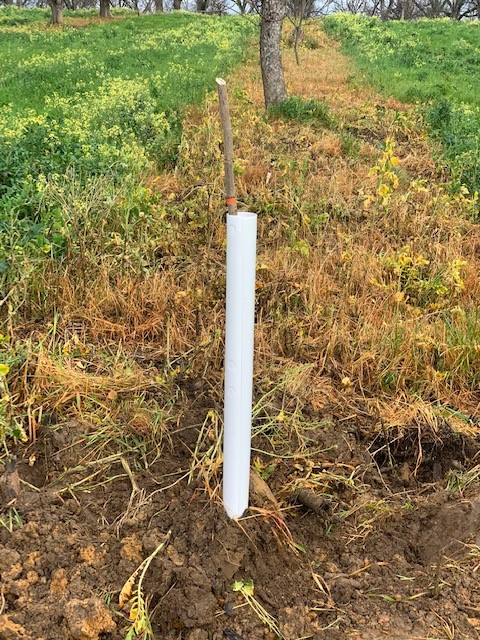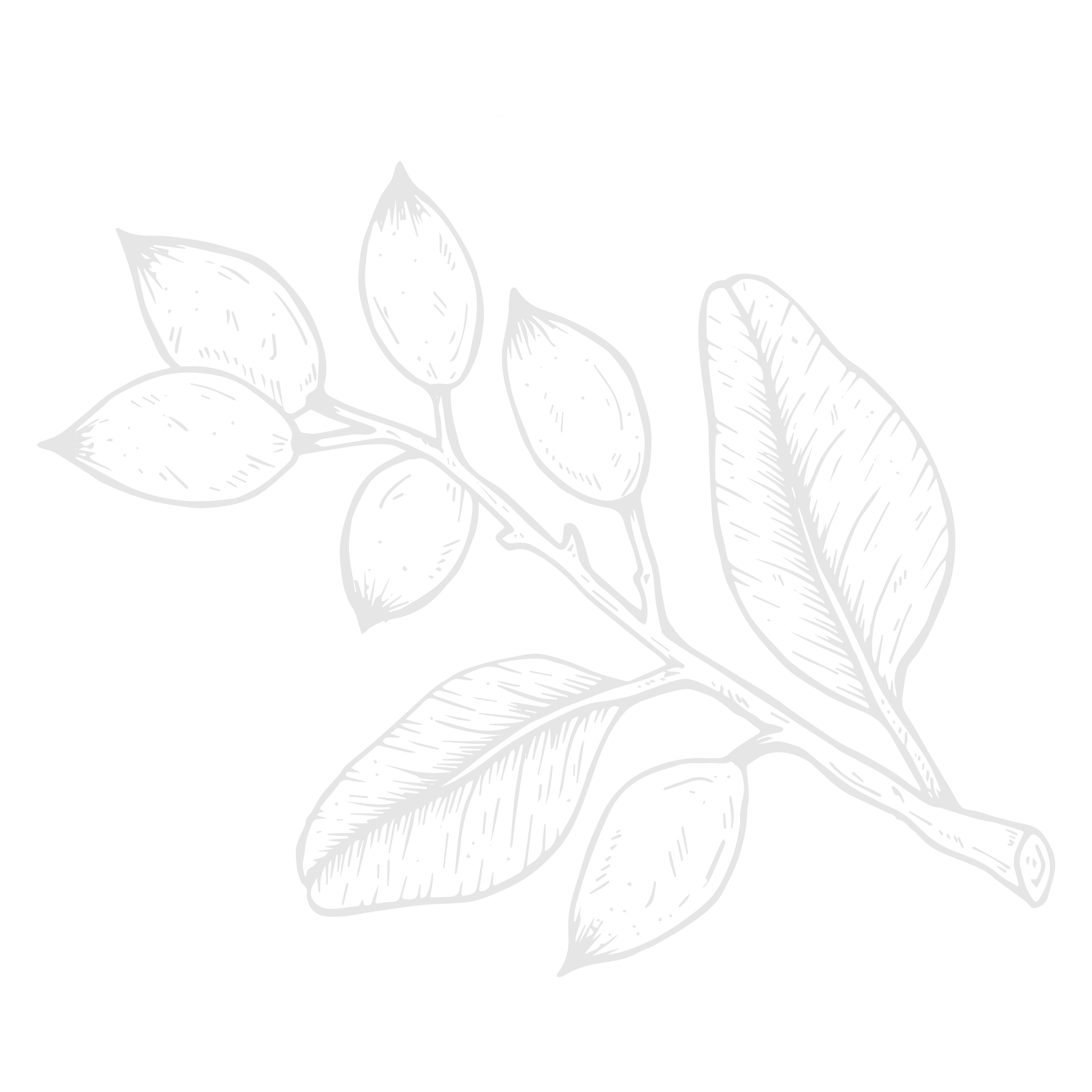Tree Planting—Our Georgia Pecan Company Recovery Is Underway!


Here at Sunnyland Farms in Albany, Georgia, winter in the pecan orchard is definitely less hectic than the busy fall harvest season, but there are definitely still things happening.
After everyone takes some much-needed R&R during the holidays post-harvest we come back refreshed and ready to take a fresh look at the orchard and ways to improve production. That can be:
- Improving irrigation methods
- Looking at new tree varietals to plant
- Or analyzing older trees’ production, among many other things
Pecan Farm Recovery and Growth, Post Hurricane
Unfortunately, during the fall of 2018 Hurricane Michael passed through Albany, GA as a Category 3 hurricane despite the fact the city sits approximately 160 miles inland from where it made landfall in Mexico Beach, Florida. The pecan industry in South Georgia had major tree loss with our farm losing over 4,100 pecan trees alone making replanting this winter a no-brainer.
We spent the first part of January taking an inventory of all the trees in the orchard, categorizing them by variety and age. We also took a look at where we have “Skips,” or holes in the tree rows where a tree is missing where we could plant a new one. After analyzing the grove, we knew where to plant our new trees. (A quick aside in case you’re interested in planting your own pecan tree; be sure to find a space with good drainage that has access to lots water and sunlight. Ok, back to the blog).
We contracted for 4,000 new trees in January of 2019 to be ready in January 2020. This gave the nursery time to graft the new trees and us time to clean up from the hurricane.
How to Successfully Plant Pecan Trees in Georgia
We decided to try some newer varietals this year buying 2,500 Whiddons and 1,500 Ellis pecan trees. These newer tree cultivars produce large, light-colored pecans and are more resistant to scab, a fungus that grows easily in the hot, humid suppers of South Georgia. Taking possession of our first delivery of Whiddons we began the planting process. Here is how we plant our pecan trees:
1. The first step is to dig the hole for the tree. While one could definitely do this using a shovel its far more expedient to do it using a commercial hole Digger on the back of a utility tractor. This Digger goes out early and digs the holes for trees to be planted that day or week.

2. Once the hole is dug then it is time to plant the young pecan tree. The trees are inserted with the taproot ideally hitting the bottom of the hole and then the hole is filled with soil. We like to leave the bulb of the tree’s root ball an inch or so out of the ground as the first rain or two after planting will cause the soil to compact and thus make the root ball completely flush with the ground.

3. Finally, a protective plastic cover is put around the tree to keep it safe from animals grazing on it.

A pretty simple task, but if not done correctly the tree can die, grow at a poor angle, or not produce pecans effectively. Nurturing the young tree with plenty of water, sunlight and fertilizer are essential as well.
A pecan crop develops between 4-10 years after a pecan tree is planted, depending on the varietal planted, soil, and water conditions. Learn more interesting pecan tree facts here, and we invite you to browse our selection of delicious, fresh pecans online today.




















